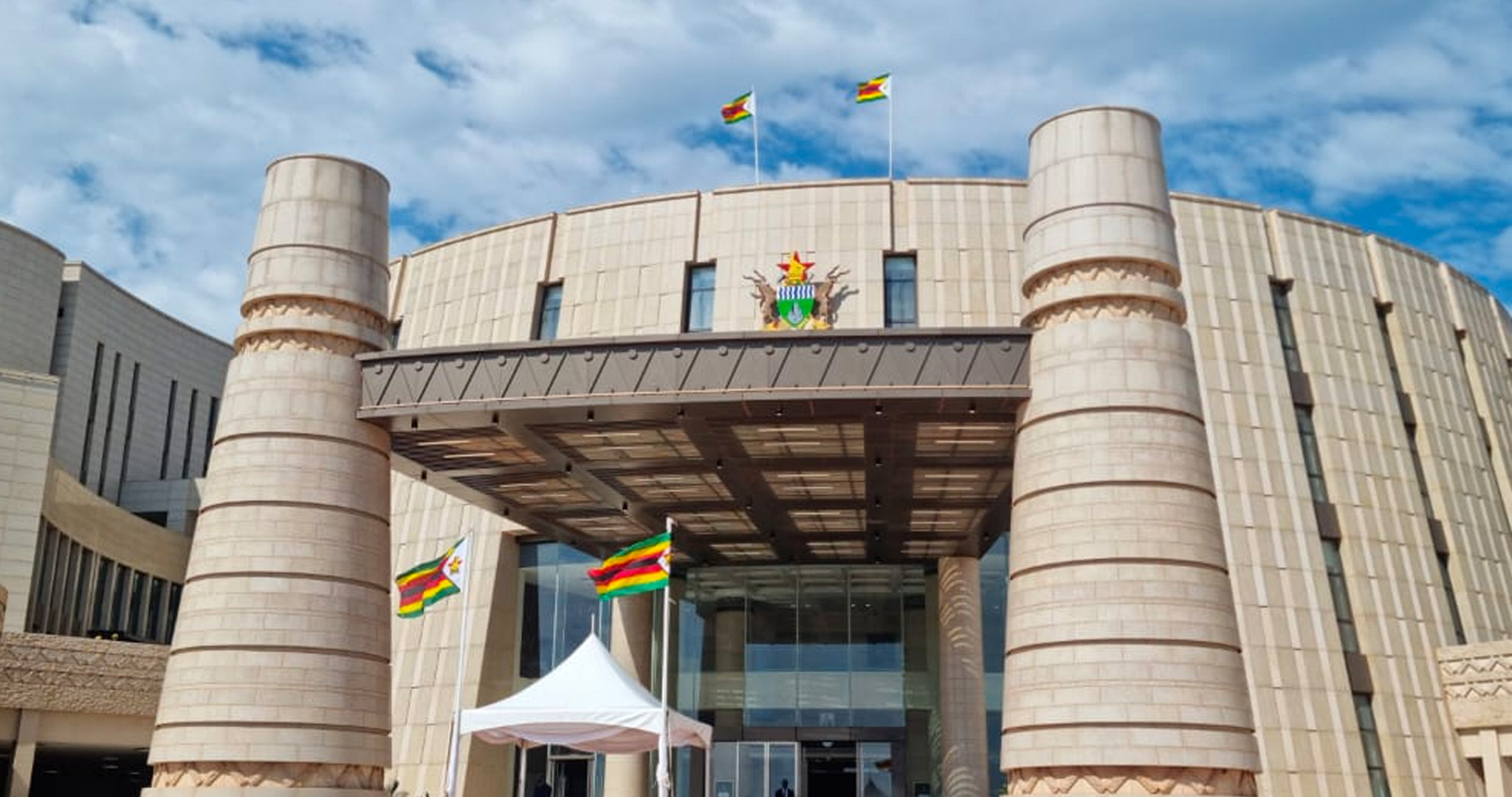In its original formulation democracy was always about direct representation. It originated in the City of Athens (Ancient Greece)- and Cleisthenes also spelled Clisthenes, (born c. 570 BCE—died c. 508) is credited as the founder of modern-day democracy. He successfully allied himself with the popular Assembly against the nobles (508) and imposed democratic reform. Perhaps his most important innovation was the basing of individual political responsibility on the citizenship of a place rather than on membership in a clan. The shift was significant. It led to the thinking of citizens as actors in the public and allowed for the expansion of settlements beyond clan-based systems.
However, even then there were already signs of excluding others. Many philosophers devoted time and thought on what kind of citizen should be part of the public space (the Agora). There were new nuances around wealth and levels of education. Growing populations made it necessary to consider a framework of representation. During the period preceding the industrial age (feudal era), those who did not hold land (known as serfs or peasants) had no public representation. They were subjects of their feudal lords. The lords had ways of representation and engaging with the monarchy, but it was hardly a democracy. For many, modern-day democracy derives its roots from the French Revolution of 1789. The revolution was inspired by ideas of equality of egalitarianism and led to the overthrow of the monarchy in France and in many other places. In its place emerged a new consensus around representative democracy.
Since then, battles have been fought across the globe on the need for universal suffrage. The right to vote for one’s chosen representation. Universal suffrage has been achieved in many parts of the world, but effective representation has not yet been achieved. There are old and new cleavages in society that had either been previously ignored or have recently emerged. However, not all democracies are the same. The achievement of universal suffrage is not an end but may be a great starting point for ensuring adequate representation. One of the assumptions of representation is the idea of voice- the representatives have a voice to speak on behalf of their communities. But as many others have shown not all democracies are the same, according to the Varieties of Democracy project there are four categories of regimes; (i) closed autocracy, (ii) electoral autocracy, (iii)electoral democracy, and (iv) liberal democracy (https://ourworldindata.org/grapher/political-regime?time=2022). These varieties of democracy also point towards uneven levels of representation.
One of the conditions for democracy to work is the need to make sure there is adequate representation in local and central government processes. Differences in society usually manifest through racial, language, demographic, and gender-based groups. In some instances, geography matters. Take for instance the ongoing public fight within Zimbabwe’s largest opposition party around recalls. It seems one of the major complaints amongst those doing the recalling of Members of Parliament is the challenge they face in being represented by people who do not originate from the same area and are also not of the same language group. In a polarized environment, these concerns have been reduced to ‘tribalism.’ At the centre of democracy is the idea that everyone’s voice must be heard. The responsibility and processes of choosing a representative cannot be subcontracted to a party’s leadership. The communities must feel that they have a stake in the process and should have confidence in the process. Anything lesser than this golden standard will lead to alienation from the public space and frustration.
The achievement of adequate representation also requires consideration of groups that have been historically excluded from holding public office. The historically excluded include women, youth, language/tribal minorities, and special interest groups (such as people living with disability). Several African governments have come up with quota systems for public offices to ensure improved participation of women, youths, and in some instances, people living with disabilities. Several constitutions written in the 1990s and 2000s have made significant progress in ensuring that there is adequate representation.
However, there are ongoing concerns that some governments have been undoing some of these provisions. Perhaps the real challenge has nothing to do with legislation, but the focus must instead shift towards practices within political parties vying for office. How have these entities established norms and frameworks to enhance adequate representation within political party processes and in the selection of their leaders? Political parties, just like governments face the real risk of isomorphic mimicry- where they may seem (to outsiders) as democratic when in fact there is a single leader or a cabal of established elites making all the decisions. There is a need for a thorough examination of the different social and demographic groups/interests within the party and the extent to which they are represented. Diversity is beautiful but it can lead to fragmentation if the different groups are not adequately represented. Adequate representation not only in terms of holding office but in the day-to-day decision-making processes should the North Star of a political party pursuing public office. Otherwise, what is the guarantee that they will be democracy after winning the elections?
There is another dimension to representation- the need to make sure all public problems/ issues are given adequate consideration. Communities are not the same-they face different and at times unique challenges. There is always an assumption that representation by area resolves challenges to do with uneven development. In many instances, representatives can be marginalized especially in the absence of an evidence-driven policy-making culture. Representation requires effective bottom-up participation (see next post)
